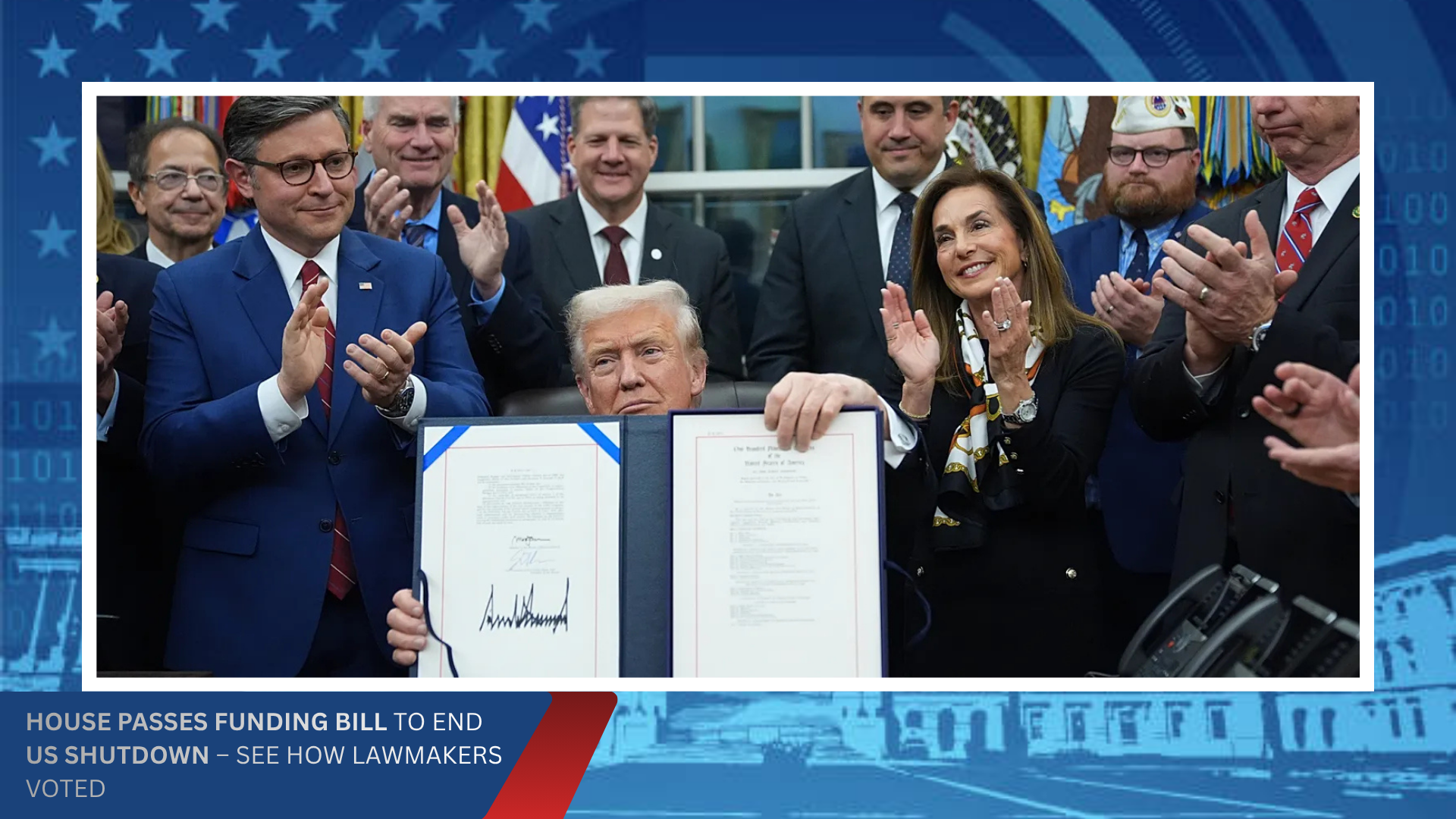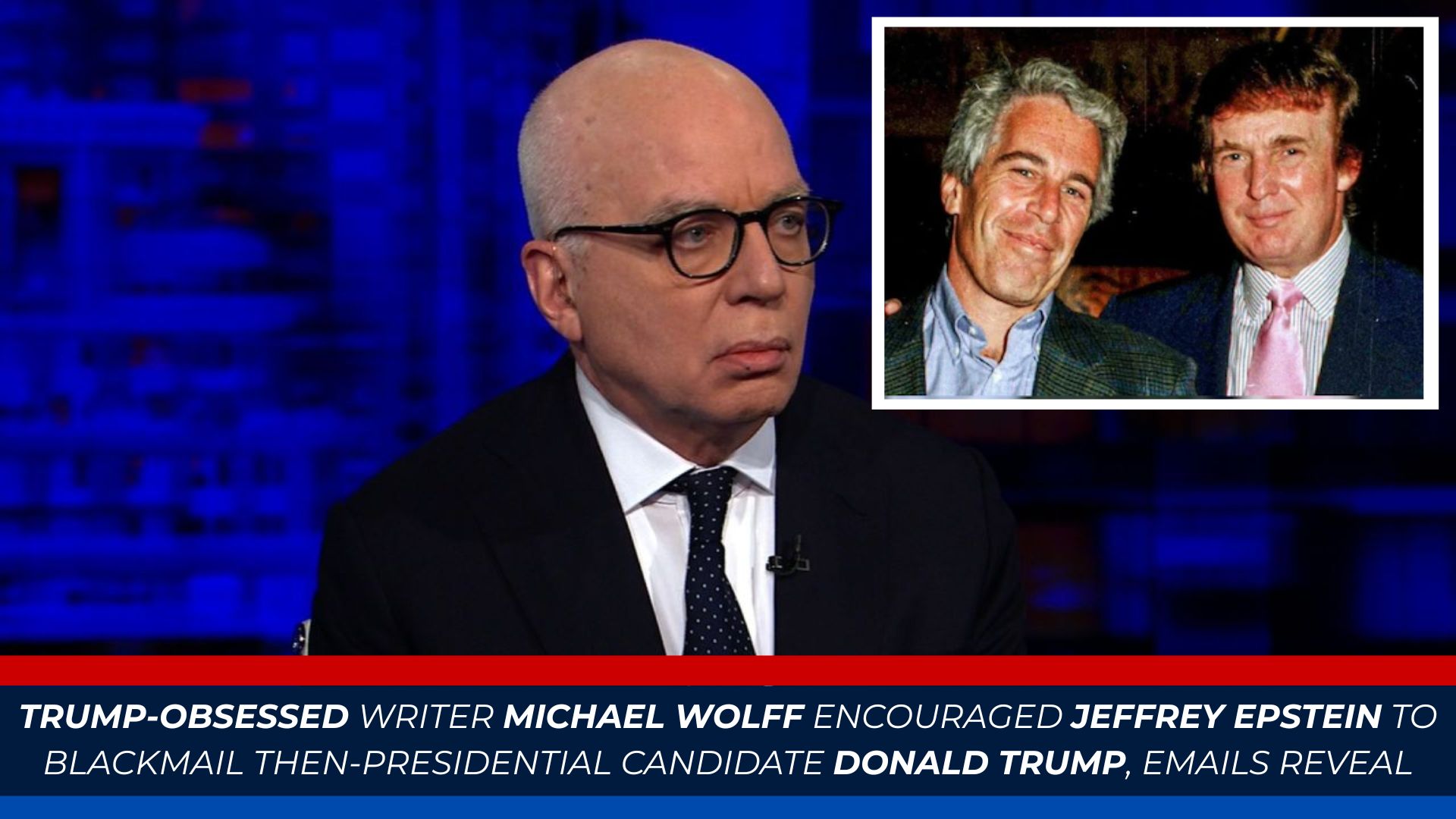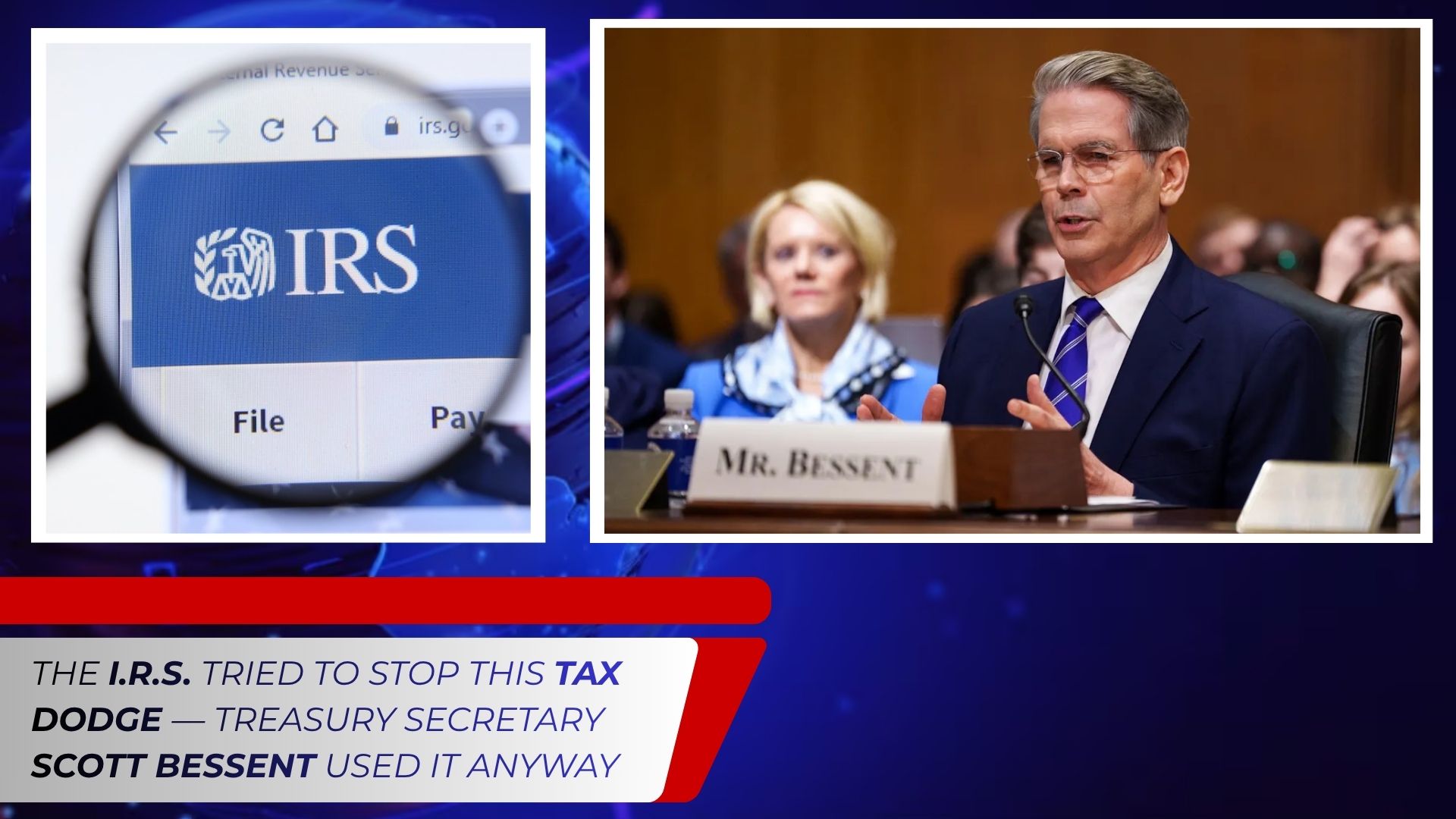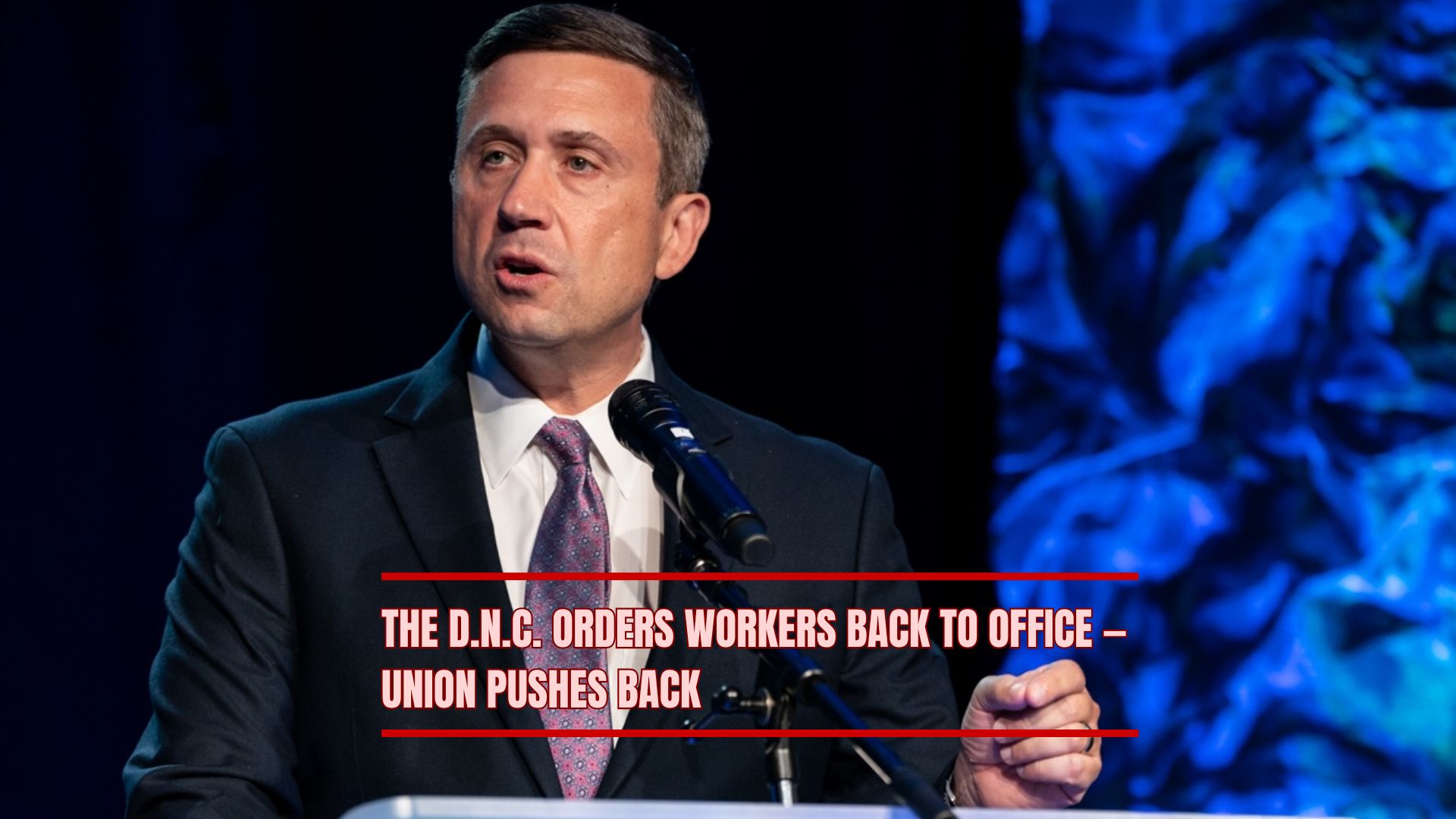WASHINGTON – President Donald Trump stated on October 24 that he does not plan to name the new $300 million White House ballroom after himself, despite the controversy surrounding its construction. The president said the 90,000-square-foot space, built on the site of the demolished historic East Wing at 1600 Pennsylvania Avenue, will likely be called the “Presidential Ballroom, or something like that.”
“I don't have any plan to call it after myself,” Trump told reporters at the White House before departing for a week-long trip to Asia. “We haven't really thought about a name yet.”
Earlier reports had suggested that Trump might dub the massive venue, which can accommodate roughly 1,000 guests, “The President Donald J. Trump Ballroom.” The speculation fueled debate over the propriety of such a naming choice for a public federal building.
Construction and Costs
Construction of the ballroom began in earnest at the end of the third week of what is now shaping up to become the longest government shutdown in U.S. history. Trump has repeatedly touted his ability to complete projects “on budget,” yet ABC News reported that the ballroom’s cost has already escalated by approximately 50% from its original estimate.
The massive event space dwarfs nearly every other area of the White House in size, prompting questions about its necessity and purpose. Critics have questioned the wisdom of demolishing the entirety of the historic East Wing, a structure that has been part of the White House for more than a century.
Controversy Over East Wing Demolition
The sudden demolition of the East Wing has drawn national attention and criticism. Stark images of the destruction circulated widely, surprising many Americans and prompting reactions from prominent public figures. Chelsea Clinton, who grew up in the White House, criticized the project, accusing Trump of “wrecking” history by not following proper procedures for significant alterations to the building.
The East Wing, originally constructed in 1902 and repeatedly renovated over the decades, housed offices and ceremonial spaces integral to the functioning and heritage of the White House. Historians and preservationists have voiced concern that its complete removal represents a significant loss of national heritage.
Trump, however, has framed the project as a modernization effort and a personal gift to the nation, with funding coming largely from private contributions. According to the White House, over three dozen contributors, including major tech and cryptocurrency firms such as Google, Meta, and Coinbase, are financing the renovation. The exact amounts contributed by each donor remain undisclosed.
Political and Public Reactions
The project has reignited debates over the balance between presidential authority, public oversight, and historic preservation. Critics argue that the president bypassed traditional review channels, while supporters see the ballroom as a symbol of Trump’s commitment to high-profile, large-scale projects.
The White House’s suspension of public tours during construction has further fueled public debate. Visitors who traditionally toured the historic East Wing are now unable to see key portions of the building, raising questions about transparency and access to one of America’s most iconic landmarks.
Politicians, historians, and preservation advocates have all weighed in on the controversy. Some emphasize the symbolic importance of the East Wing in American history, noting that its demolition erases a century of architectural and political heritage. Others frame the debate in terms of presidential prerogative, arguing that the president, as head of the executive branch, has broad discretion over renovations to the White House.
Trump’s Justifications and Funding Model
Trump has defended the project as being fully funded by private donors, not taxpayer dollars. He has cited support from prominent tech executives and cryptocurrency investors as evidence of the public’s backing for the project. The president has also stressed that the new ballroom will serve as a national venue for major events, claiming it will allow the White House to host large gatherings that were previously logistically impossible.
Despite these reassurances, questions remain about the transparency and ethics of private funding for federal projects, particularly in a politically charged context. Critics have expressed concern that corporate and high-profile donors may exert undue influence over decisions affecting public property and historical heritage.
Historical Precedents and Context
White House renovations have long been a point of public interest and scrutiny. Past presidents, from Theodore Roosevelt to Harry Truman, have overseen major changes to the building, often prompting debates about historic preservation versus modernization. However, few projects have involved the complete removal of a wing with the potential cultural and historical significance of the East Wing.
The current renovation contrasts sharply with past approaches, which typically included detailed planning, public consultation, and oversight from preservation authorities. By bypassing these traditional procedures, Trump has drawn both admiration for boldness from supporters and sharp criticism from historians, preservationists, and the general public.
Looking Ahead
As construction continues, public attention will likely remain focused on both the physical and symbolic implications of the new ballroom. Questions about its naming, funding, and impact on White House history remain central to the ongoing debate. While Trump insists he will not name the space after himself, the broader controversies surrounding its demolition, cost, and private funding underscore the complex intersections of politics, history, and presidential authority.
The White House ballroom project thus represents more than just a building—it is a microcosm of Trump’s approach to governance, blending personal ambition, public spectacle, and private financing in a way that continues to challenge historical norms and provoke national debate.
%20(4).png)









